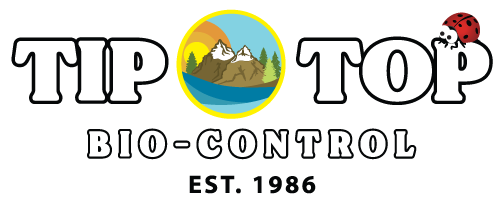Trichogramma platneri/mintum - 100k Eggs -Caterpillar & Moth Control - Short & Tall Crops
Case Count
Couldn't load pickup availability
RELEASE AT FIRST SIGHT OF MOTHS.
Target Pests:
Over 150 pest moth species. Including; Armyworms, Borers, Codling Moth, Cutworms, European Corn Borer, Fruit Worms, Leaf Worms, Leaf Rollers, Loopers and other species.
Description:
Trichogramma are light yellow, tiny flying insects, 1/100 inch long. Trichogramma pierce moth/caterpillar eggs and inject their own eggs inside preventing worms/caterpillars from hatching out and destroying crops. Begin releasing Trichogramma when you see moths, and every 7-10 days thereafter, until infestation is gone.
We offer 3 different species of Trichogramma.
Trichogramma brassicae: Ideal for control on cole/cold crops & ornamentals. (EI: European corn borer.)
Trichogramma platneri/minutem: Ideal for control on tall crops. High Flyers.
Trichogramma pretiosum: Ideal for control on short crops. Low Flyers.
Product Information:
Trichogramma are shipped on hanging cards.
Wait to release until Trichogramma have began to hatch. Keep cards out of direct sunlight, in a warm place, until you can see small dots (adult Trichogramma) moving around in the sealed bag. Complete instructions included.
Release Rates:
10,000 per 500 sq.ft.
40,000-200,000 per acre.
Release weekly for 2-6 weeks.
Strategic Considerations:
The best time to release is early morning or evening when direct sunlight will not hit the cards. Avoid releasing on extremely hot, cold, rainy, or windy days.
Item Number:
TRICHOPLATNERI/MINUTUM-100K - 100,000 Eggs on Hanging Cards
WHOLESALE










